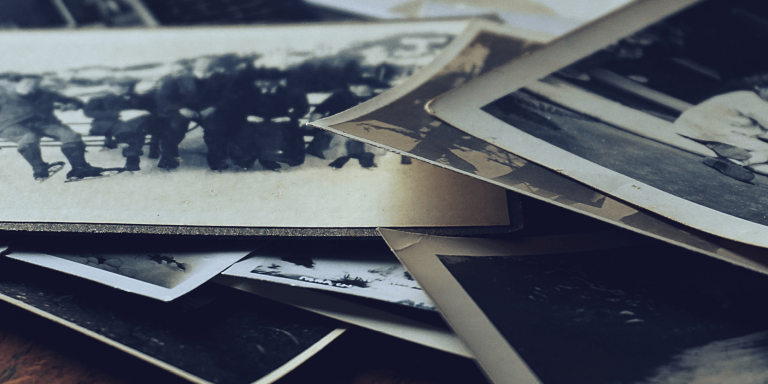
Deep learningis used in many fields today, and it is increasingly being used in history. Daniel Patt, a software engineer at Google, teamed up with financier Jed Limmer, to design the “From Numbers to Names” site, which offers users who have family members who perished or survived, but left no trace, as a result of the Holocaust, to upload their photo to see if there is a match with the 34,000 images in the United States Holocaust Memorial Museum archives. The 10 images with the most similarities are selected and offered to them.
Facial recognition is currently very controversial, especially because of the risk of invasion of privacy. Daniel Patt and Jed Limmer wanted to use it to give a name to the anonymous faces of the Holocaust photos.
The origin of the project
Daniel Patt in 2016 visited the Polin Museum in Warsaw, dedicated to the history of the ghetto. Three of his grandparents were Holocaust survivors in Poland, he was seized by the idea that among the mostly anonymous faces in the photos he was looking at, one might belong to a family member.
On the other hand, he was determined to help one of his grandmothers, now 91 years old, to find photos of family members who perished during that terrible period.
The From Numbers to Names (N2N) platform
Daniel Patt has partnered with financier Jed Limmer to “ try to connect people who are alive today with photos of loved ones they lost in the Holocaust .
They created and developed “ From Numbers to Names” (N2N), an AI-based facial recognition platform digitizing photos from pre-war and Holocaust Europe, connecting them to people living today.
Daniel Patt and Jed Limmer funded the site and the work themselves, spending evenings and weekends on it. A team of volunteer developers, data scientists and researchers later joined Daniel Patt, increasing the effectiveness of his platform.
They shared identifications that have since been confirmed and published on the USHMM website and were able to locate survivors and descendants of Holocaust victims.
Daniel Patt, however, told the Times of Israel:
”
We make no software claims about the identifications and leave that judgment to the people who use the site. We simply show the results, with similarity scores, and let individuals decide whether the results contain a positive identification.”
Two free search modes are available on the numberstonames.org site:
- The quick search that gets 10 results that most resemble the face in the photo from about 34,000 USHMM photos (about 170,000 faces) in a few seconds.
- The full search, after signing up and creating an account, then uploading a photo, is done on a much larger set of photos, about 500,000, and will take about a day.
Individuals are more likely to be matched with relatives who were roughly the same age in the photo and if the uploaded photo is from before the 1960s.
Daniel Patt adds:
”
We have begun analyzing videos from Steven Spielberg’s film and video archives. We are also creating a way for verified students and research users to provide annotations and identifications directly on the platform.”
N2N’s co-founders are now looking to partner with museums, schools, research institutes, and other organizations that share common goals in Holocaust education, awareness…
However, they face two problems: a cost that increases with the analysis of additional photos and videos and the age of the last Holocaust survivors.
Daniel Patt states:
” We have been developing the project over evenings and weekends for many months. There is an urgency to this effort as the last remaining survivors pass away, and there are many connections that could still be made. We hope N2N can help make those connections while the survivors are still with us.”
Translated from Reconnaissance faciale : la plateforme « From Numbers to Name » aide à identifier les victimes de l’Holocauste









